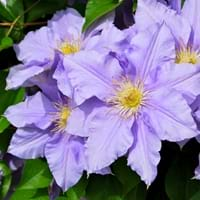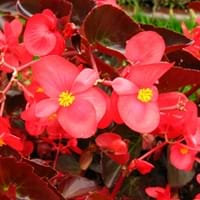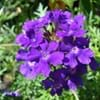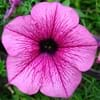Clematis and Begonia Care
Watering Clematis and Begonia
Water is the most essential need of any plant. Watering requirements differ for every plant. Knowing the amount of water required is the most important part of Clematis and Begonia Facts. One needs to adequately water the plants keeping in mind that plants need season wise variations in water levels. While taking Clematis and Begonia care, it is important to know that too much water is more dangerous than not enough watering. Here we provide you with the exact watering required for your garden plant. Watering Clematis and Begonia is as follows:
Watering Clematis in Summer: Lots of watering
Watering Clematis in Winter: Average Water
Watering Begonia in Summer: Lots of watering
Watering Begonia in Winter: Average Water
Clematis and Begonia Diseases
Plants get infected many times due to lack of care. This makes it unhealthy and reduces its life too. Hence it is necessary to know the kind of disease on plants, to cure it and keep the plant healthy. Knowing About Clematis and Begonia diseases is very important factor of Clematis and Begonia Care. These plant's diseases are:
- Clematis: Aphids, Canker, Leaf spot, Powdery mildew, Rust and Whiteflies
- Begonia: Aphids, Bacterial leaf spot, Botrytis Blight, Foliar nematode, Powdery mildew, Pythium rot and Rhizoctonia crown rot
Clematis and Begonia Pruning
Pruning is an important part of Clematis and Begonia care. Pruning helps to grow the plant with a faster rate. Clematis and Begonia pruning is done as follows:
Clematis pruning: Cut or pinch the stems, Prune after flowering, Prune for shortening long shoots, Prune in spring, Prune to control growth, Remove dead or diseased plant parts and Remove shoots
Begonia pruning: Cut or pinch the stems, No pruning needed in the early stages, Prune if you want to improve plant shape, Prune to control growth and Remove dead or diseased plant parts
Plants need fertilizers for its growth and increasing the life. Clematis and Begonia fertilizers are as follows:
- Clematis fertilizers: All-Purpose Liquid Fertilizer
- Begonia fertilizers: All-Purpose Liquid Fertilizer
|
||
|
||
|





